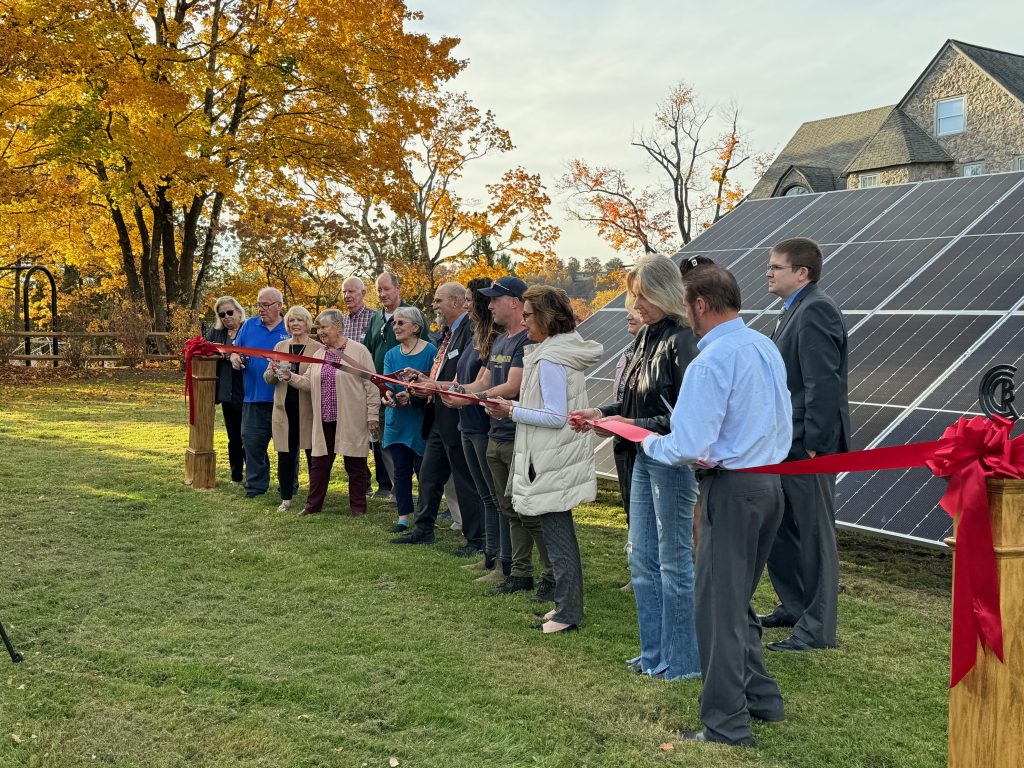Contact:
Eric Chance, water quality specialist, 828-262-1500, eric@appvoices.org
Cat McCue, communications director, 434-293-6373, cat@appvoices.org
Appalachian Voices today released results of water quality sampling the organization conducted on the coal ash spill earlier this week on the Dan River in North Carolina. Water quality specialists with Appalachian Voices took samples of river water at several spots along the river in the early hours of February 4, and again later that afternoon: at the site of the spill, several miles downstream, and at the drinking-water intake for the city of Danville, Va. The samples were sent to a certified lab in North Carolina.
“The results show values for some contaminants that exceed federally recommended drinking water standards,” said Eric Chance, water quality specialist with Appalachian Voices. “The arsenic level at the spill site was 95.1 parts per billion, 9.5 times the recommended drinking water standard. Downstream samples also exceeded the federal recommended drinking water or freshwater standards for aluminum, iron, manganese and lead.”
While water testing results from various entities that have been made public so far appear to be accurate, the differences are due to differences in methodology and sampling locations. Most importantly, the water quality results provided by Appalachian Voices, and previously by WaterKeeper Alliance, reflect total metals in the unfiltered “grab samples,” including ash particles suspended in the water. Statements from Duke Energy and N.C. Department of Environment and Natural Resources about their results reflect filtered samples that do not contain heavy metals that bind to sediment. (Neither Duke Energy nor DENR have released full data to the public as of this writing.) Appalachian Voices did not sample treated drinking water.
The testing results so far indicate that downstream drinking water supplies are safe, but there are likely to be major ecological impacts from this spill. Also, there are numerous, potentially harmful pollutants that have not been tested for, such as polycyclic aromatic hydrocarbons (PAHs) and volatile organic compounds (VOCs). Other contaminants that have turned up in the samples, such as boron, vanadium and molybdenum, do not have standards, which does not mean they won’t impact aquatic life or drinking water.
“One of the most disturbing aspects is that we don’t know what occurred in that first critical 24 hours of the spill because Duke Energy apparently decided it was more prudent to keep the spill quiet rather than alert the citizens downstream in Danville and elsewhere,” Chance said. “We will never know what the acute exposure of these harmful chemicals was when they were likely at their most toxic levels.”
“We’re glad to add our data to the public discussion about this significant event. We call on Duke Energy to do the same.”
>> Appalachian Voices water sampling results
>> Map of Appalachian Voices water sampling locations
>> Original laboratory report from Appalachian Voices sampling in the Dan River
###



